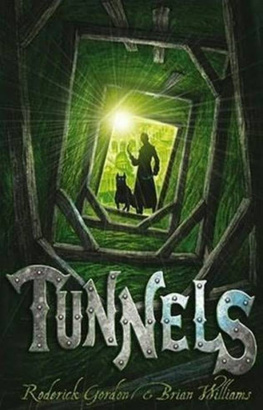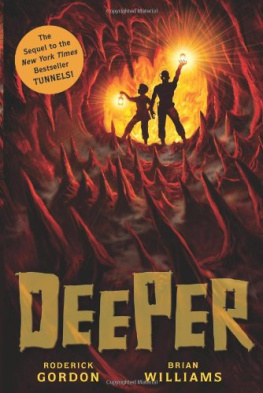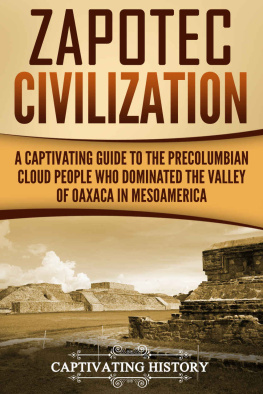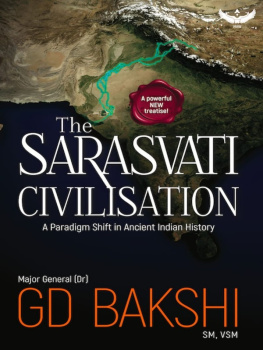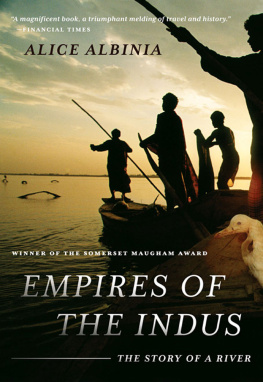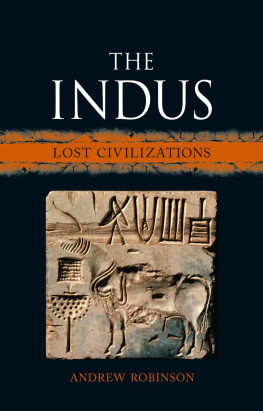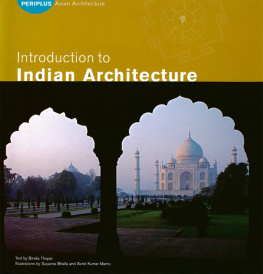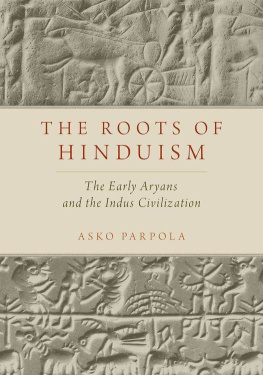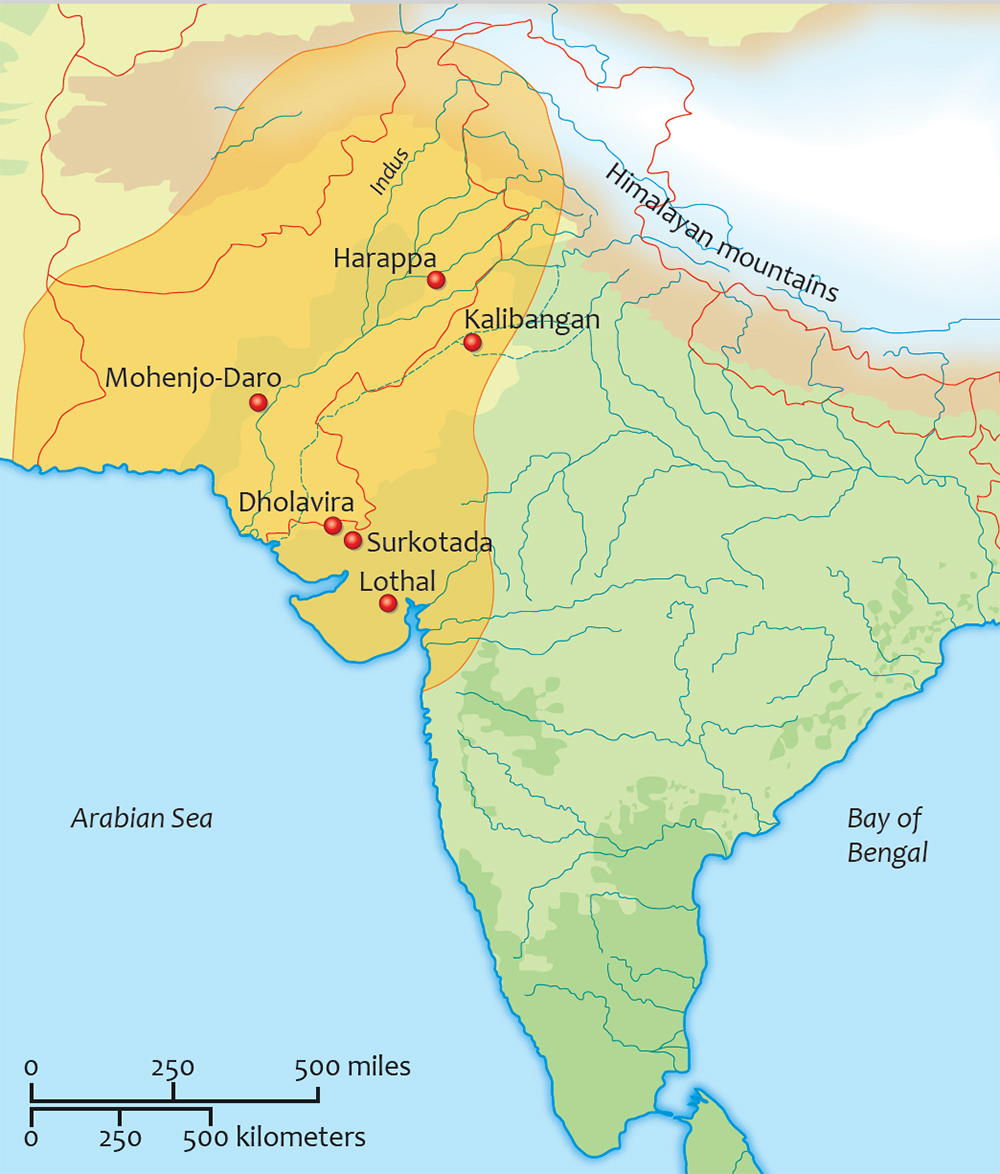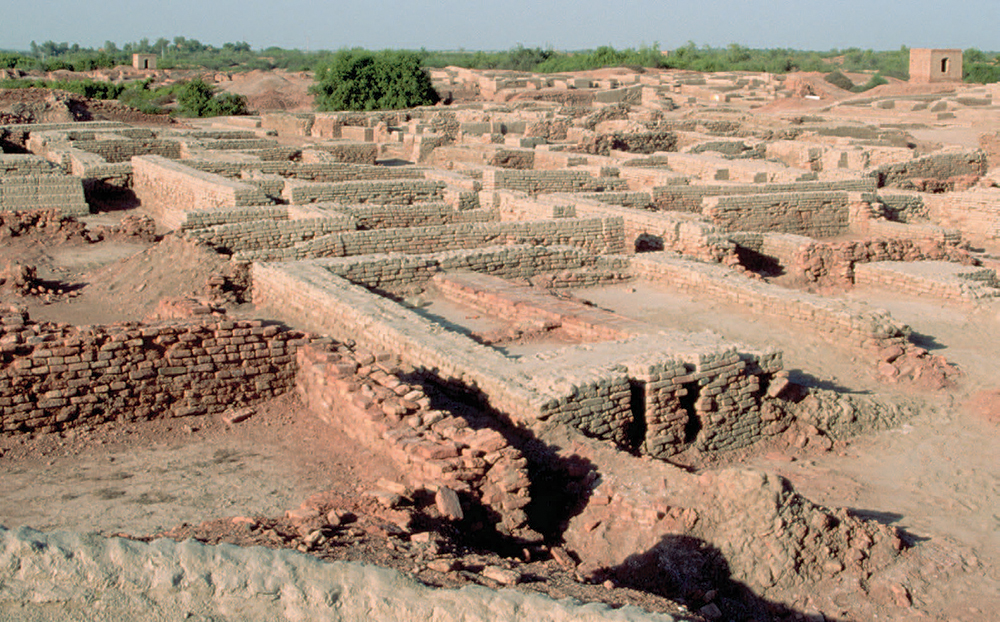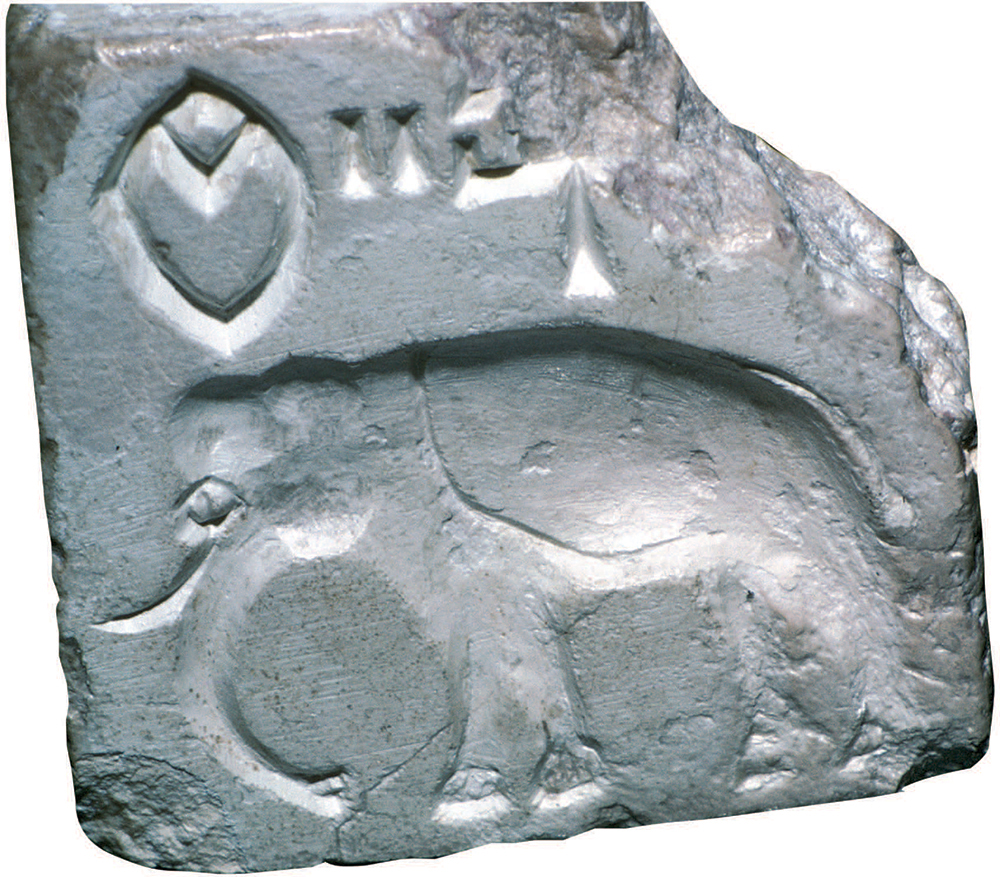TIMELINE
- AROUND 9000 BCE The first farmers plant crops and raise domestic animals. Livingin one place, rather than as wandering nomads, means people build permanent settlements.The first cities are built, including Jericho and Catal Huyuk (in the Near East).
- 4500 BCE Civilizations are beginning in Sumer (Mesopotamia) and Egypt, with peoplebuilding cities close to rivers
- 4000 BCE People settle in the Indus Valley and begin to make copper tools and claypots
- 3300 BCE Mohenjo-Daro is a village, but it is beginning to grow into a city
- 3200 BCE The earliest writing dates from about this time, made by drawing picturesand marks on clay
- 3000 BCE People in several civilizations, including the Indus Valley, have inventedthe wheel and are using wheeled carts pulled by animals
- 2750 BCE In Britain, people start building at Stonehenge
- 2600 BCE At about this time, the Egyptians are building the first pyramids
- 2500 BCE Indus Valley people are building large cities such as Harappa, Mohenjo-Daro,Chanhu-Daro, and Dholavira. The cities have brick walls, baths, food stores, watersupplies, drains, and flourishing arts and crafts.
- 2350 BCE Sargon of Akkad, a great king in Sumer (Mesopotamia), rules an empire thattrades with the Indus Valley. Indus traders travel by land and sea to make contactswith Mesopotamia and other cultures.
- 2000 BCE Indus cities are rich and busy, and the Indus civilization covers a hugearea. People make all kinds of goods, including beads, pots, and metal tools. Tradersuse seals, with writing. Priest-kings possibly rule the cities.
- 1900-1700 BCE Hard times begin for the Indus Valley cities. Repair work and new buildingstops. Possible reasons for this decline include rivers drying up or floods. Faminemay have forced people to move away.
- 1500 BCE Some people think northern invaders called Aryans moved into the Indus Valleyabout this time, to hasten the end of the Indus civilization
- 1300 BCE Mohenjo-Daro and other Indus cities crumble into ruins. The Indus Valleycivilization ends, but much of the culture is passed on.
- AROUND 1830 CE British explorer Charles Masson finds the ruins of Harappa. In the1850s, many of its ancient bricks are removed to build a railroad.
- 1919 Mohenjo-Daro is rediscovered by Indian archaeologist Rakal Das Banerji. Archaeologistsin the 1930sand from the 1950s to the presentuncover more fascinating facts, andmysteries, about this lost civilization.
GLOSSARY
person who studies the bones, tools, and other objects of ancient peopleto learn about past human life and activitiesmetal made by mixing copper and tinfortlike building, usually in a raised position in an Indus cityculture and society of a region at a particular timemetal used by ancient peoples to make tools, and still used today(plural: deities) god or goddessmouth of a river and the land around itmaterials or facts that can help us make a conclusion about somethingdig underground at a site in order to uncover the pastsystem of canals that carries water from a river or lake to crops in fieldshard stone used to make jewelry and ornamentsvery hot oven used to bake and harden materials such as clay pots and brickslacking nutrients, the result of not having enough to eat or not eatingthe right thingsnatural substance such as gold, silver, stone, or sandmaterial or resource, such as timber or minerals, that people use forbuilding or making thingsreligious ceremony or action performed in the same way each timeprocess by which water is kept clean and waste is disposed of safely,preventing harm to humansperson who could read and write, who often served as a high officialsmall stone tag with a picture that left an impression when stamped into softclayperson who is not free and has to work for an owner for no paymentform of pottery made from clay baked at a high temperature in order tomake it hard and waterproofdeep hole dug to find and extract water from underground
FIND OUT MORE
BOOKS
- Aronovsky, Illona, and Sujata Gopinath. The Indus Valley (Excavating the Past). Chicago:Heinemann Library, 2005.
- Clements, Gillian. Indus Valley City (Building History). N. Mankato, Minn.: Sea-to-Sea,2009.
- Shuter, Jane. The Indus Valley (History Opens Windows). Chicago: Heinemann Library,2009.
PLACES TO VISIT
The Freer and Sackler Galleries have an amazing collection that explores the cultureand history of Asia, including the Indus Valley civilization.
The Metropolitan Museum of Art has an extensive collection of ancient art and artifacts,including seals and sculptures from the Indus Valley.
Freer and Sackler Galleries
1050 Independence Avenue, SW
Washington, D.C. 20013
www.asia.si.edu
The Metropolitan Museum of Art
1000 Fifth Avenue (at 82nd Street)
New York, New York 10028
www.metmuseum.org
WHO WERE THE INDUS VALLEY PEOPLE?
About 5,000 years ago (in around 2500 BCE ), people built cities beside the IndusRiver on the Indian subcontinent. The Indus, once known as the king river in ancientIndian literature, rises in the Himalayan mountains and flows 1,800 miles (2,900kilometers) to the Arabian Sea. The longest river of modern Pakistan, its watersare important for .
This map shows the Indus Valley culture region. People settled beside the riversthat flow from the Himalayan mountains south into the Arabian Sea.
Rivers and cities
The first civilizations grew near great rivers: in Sumer, Egypt, China, and in theIndus Valley. People built cities and developed writing, arts and crafts, trade links,religions, and governments. Indus cities, such as Mohenjo-Daro and Harappa, wereamong the finest in Asia. There were many Indus cities near other rivers as far northas Afghanistan and southeast into India. We dont know much about the people whobuilt these cities, and whose ancient way of life shaped the culture of modern Indiaand Pakistan.
Little remains of Indus cities, but we can see where streets and houses once stood.At Harappa, railroad builders in the 1800s took away so many bricks that little wasleft for archaeologists to study.
SLOW PROGRESS
Indus Valley cities were flourishing at the same time Stonehenge was being builtin Britain. However, ancient Europe had no cities to match those of Africa and Asia.
HOW DO WE KNOW?
In about 1830, Charles Masson (a deserter from the British Army) was roaming in Indiawhen he found brick mounds that looked like old castles. Hed rediscovered ancientHarappa. Later, in 1919, Rakal Das Banerji, an Indian found Mohenjo-Daro.


